Question for Paint Color Experts
User
10 years ago
Featured Answer
Sort by:Oldest
Comments (17)
juliekcmo
10 years agolast modified: 9 years agoUser
10 years agolast modified: 9 years agoRelated Professionals
Westbury Interior Designers & Decorators · Carlsbad Furniture & Accessories · Newnan Furniture & Accessories · Springdale Furniture & Accessories · Glenview Furniture & Accessories · Northridge Furniture & Accessories · Zionsville Furniture & Accessories · Ridgewood Furniture & Accessories · Summerville Custom Artists · New Bedford Custom Artists · Immokalee Custom Artists · Sacramento Lighting · East Setauket Window Treatments · Fraser Window Treatments · Salt Lake City Window TreatmentsLori A. Sawaya
10 years agolast modified: 9 years agoUser
10 years agolast modified: 9 years agoLori A. Sawaya
10 years agolast modified: 9 years agoUser
10 years agolast modified: 9 years agodeegw
10 years agolast modified: 9 years agoUser
10 years agolast modified: 9 years agoLori A. Sawaya
10 years agolast modified: 9 years agoUser
10 years agolast modified: 9 years agoAshworth Design Studio
8 years agoLori A. Sawaya
8 years agoLori A. Sawaya
8 years agolast modified: 8 years agoAriel Ford
6 years agoamanda j
6 years agoHU-844022192
3 years ago
Related Stories

COLORPaint-Picking Help and Secrets From a Color Expert
Advice for wall and trim colors, what to always do before committing and the one paint feature you should completely ignore
Full Story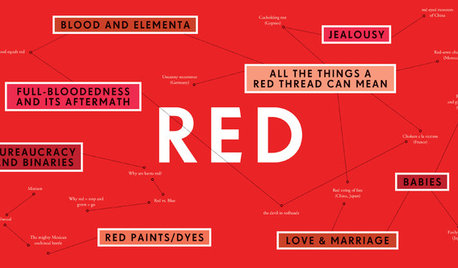
COLORWhy My Son’s Room Will Be Red: An Expert Weighs In on Colors for Baby
Historical facts, trend recaps and enthusiastic support for painting your nursery any darn color you like
Full Story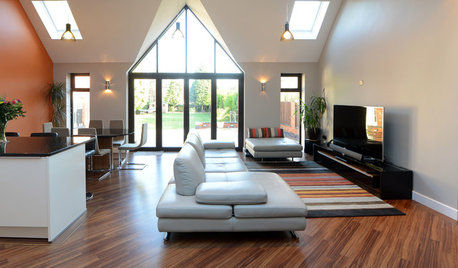
TASTEMAKERSAsk an Expert: What Is the One Design Rule You Live By?
Eight home experts share their top design rules
Full Story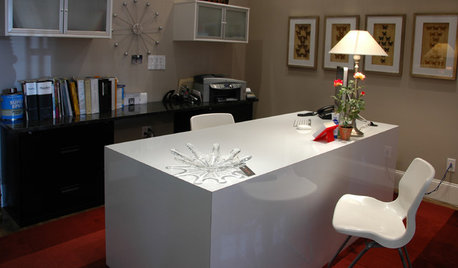
HOME OFFICESExpert Talk: 11 Desk Designs That Really Work It
Boring or inadequate desks don't cut it for productivity in a home office. File these desk designs and expert insight under "To Do"
Full Story
FARM YOUR YARDHow to Grow Vegetables in Containers
Get glorious vegetables and fruits on your patio with a pro’s guidance — including his personal recipe for potting mix
Full Story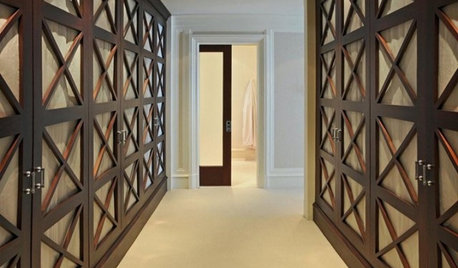
DECORATING GUIDESExpert Talk: Designers Open Up About Closet Doors
Closet doors are often an afterthought, but these pros show how they can enrich a home's interior design
Full Story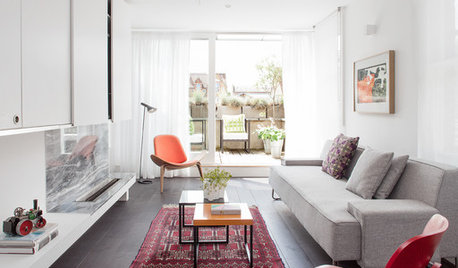
DECORATING GUIDESAsk an Expert: How to Decorate a Long, Narrow Room
Distract attention away from an awkward room shape and create a pleasing design using these pro tips
Full Story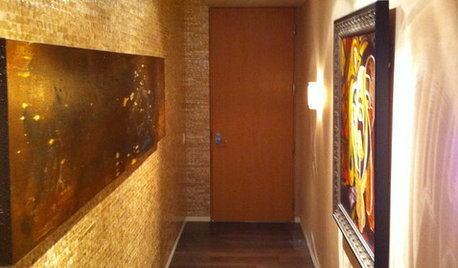
LIGHTINGExpert Lighting Design Secrets
A professional designer turns us on to the 10 most important things to know when lighting rooms and art
Full Story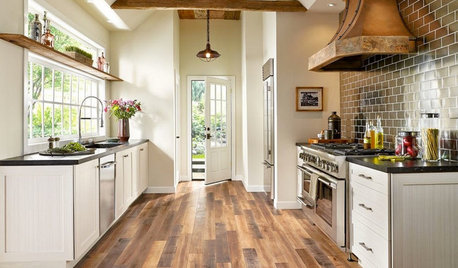
MOST POPULARPros and Cons of 5 Popular Kitchen Flooring Materials
Which kitchen flooring is right for you? An expert gives us the rundown
Full Story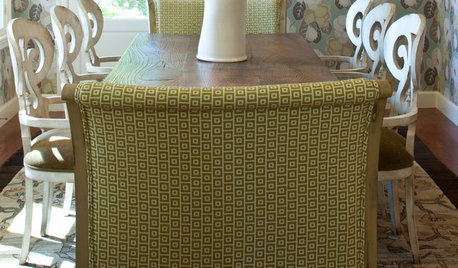
DINING ROOMSExpert Talk: Treat the Eyes to Dining Room Wallpaper
For a visual feast and plentiful servings of style in the dining room, pro designers show how wallpaper fits the bill
Full Story

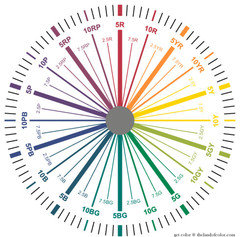



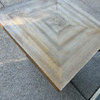
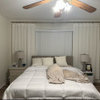
Ashworth Design Studio